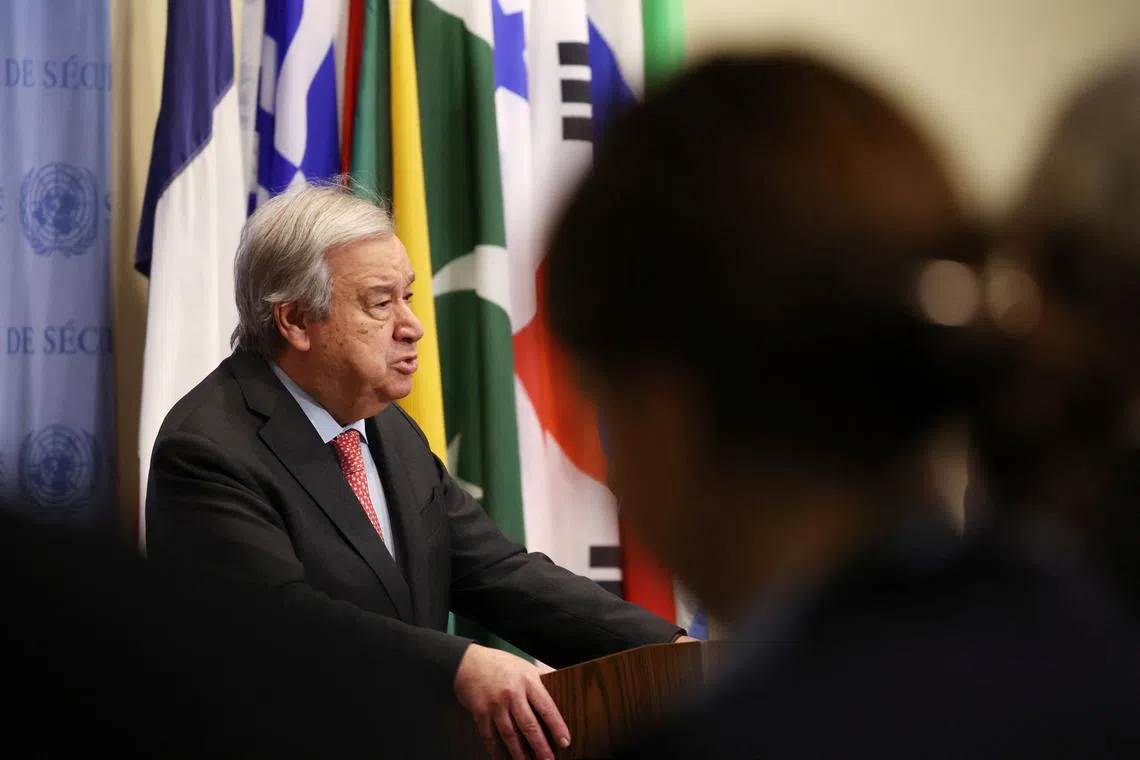China’s annual “two sessions” parliamentary meetings last month outlined its domestic priorities, including advancing home-grown technologies, accelerating the green energy transition and addressing the debt challenge. The Boao Forum for Asia expanded on these themes.
Beijing’s leadership is reaffirming China’s role as a stabilising force in Asia and a proponent of multilateral frameworks in the face of growing US tariffs, intensifying climate constraints and fragmented global trade dynamics. China seeks to balance diplomatic flexibility with legislative strategy to traverse the geopolitical and economic currents.
China’s two sessions reaffirmed its dedication to advancing Chinese-style modernisation, a vision seen as balancing on three elements: a strong technological foundation, a highly skilled workforce and a far-reaching global presence.
Innovations in artificial intelligence (AI) – a sector that generated an estimated US$402.6 million in revenue last year, with earnings projected to hit US$3.98 billion by 2030 – quantum computing and renewable energy underscore China’s adaptability. Managing high debt in the real estate industry and urban economies, which require reforms to ensure sustainable growth, are two of China’s most urgent issues.
Meanwhile, US protectionist measures, including tariffs, have intensified China’s reorientation towards Southeast Asia, Africa and Latin America. While these tariffs threaten global trade stability, they have also spurred Beijing to forge stronger alliances.
For example, China’s goods trade with members of the Regional Comprehensive Economic Partnership (RCEP) reached US$1.65 trillion in the first 11 months of last year, a 4.4 per cent increase year on year. Green technologies, including in electric vehicles (EVs), next-generation nuclear reactors and wind power, are dual catalysts, driving both domestic economic expansion and climate efforts worldwide.

 By South China Morning Post | Created at 2025-04-02 21:35:11 | Updated at 2025-04-03 18:04:23
20 hours ago
By South China Morning Post | Created at 2025-04-02 21:35:11 | Updated at 2025-04-03 18:04:23
20 hours ago







